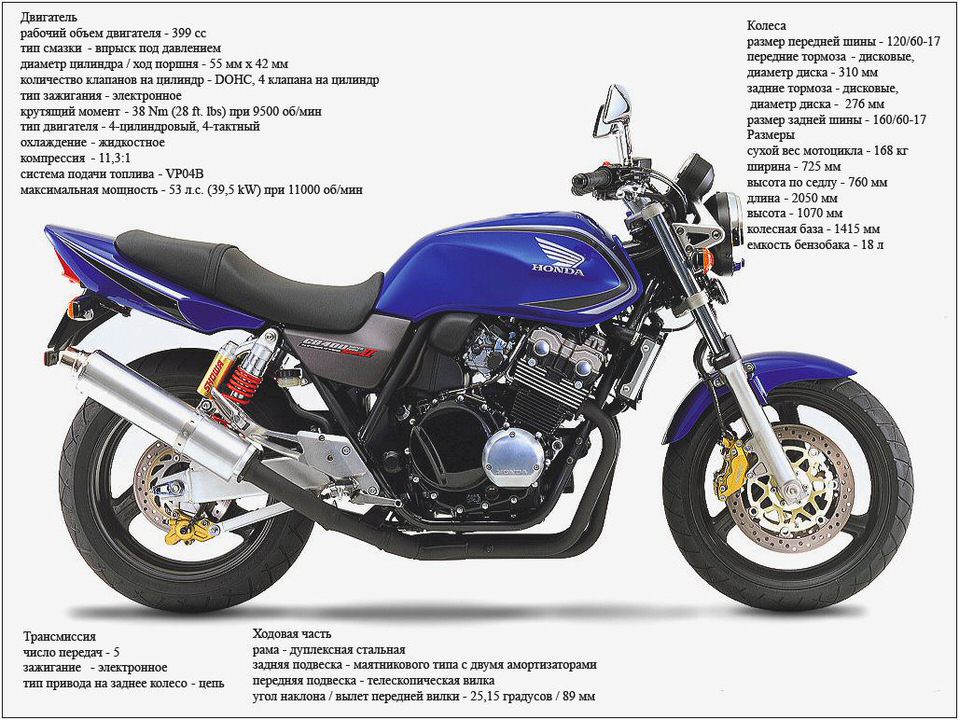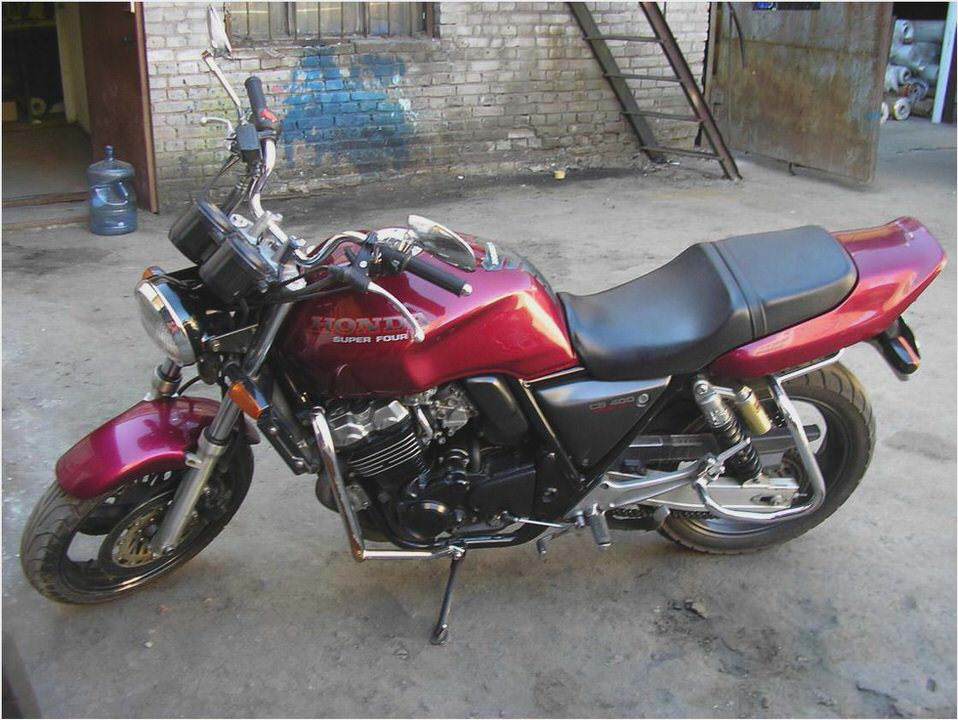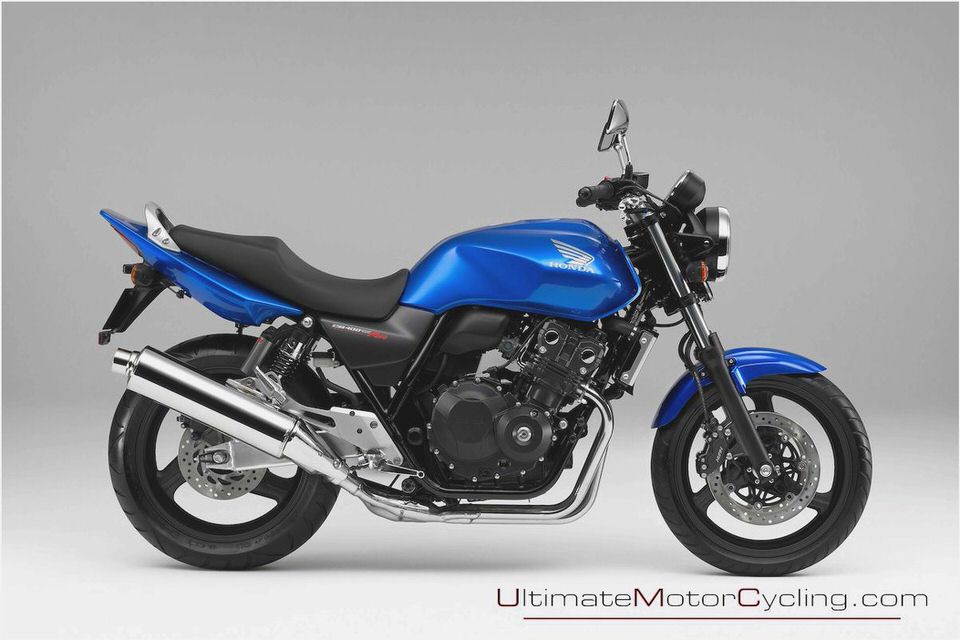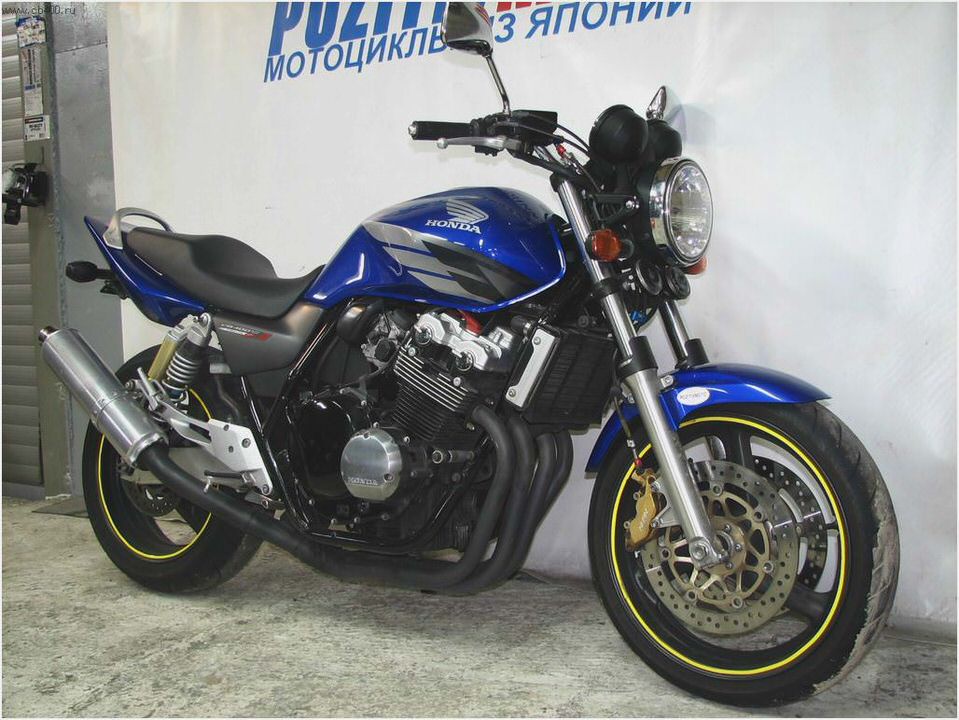
In 1969 Honda released the CB750, although it was neither the first four cylinder motorcycle or have the largest capacity, it certainly left it’s mark as the number one super bike. I read somewhere that, the first Honda’s sent the message watch out we’re coming, the CB750 delivered the message it’s too late we’re here.
Fitted with a front disc brake, electric start indicators as standard it paved the way for years to come. In 1971 Honda introduced a scaled down version,the CB500 followed by the CB350F in 1972. The CB350F was introduced in the US but it never really caught on, and was dropped from production in 1974.
The CB350F was not marketed in the UK.
The CB400F (aka the 400/4 or 400 four super sport), was introduced for 1975. It was an instant hit, a compact bike developed from, and improved on the previous CB350F, with uprated performance via an increased bore from 47mm to 51mm, bringing capacity up to 408cc, larger valves, and a six speed gearbox, it had updated styling with a neat offset chrome 4 into 1 exhaust system, a flatter angular fuel tank flat side panels with transfers instead of badges, low handle bars, slightly rear set footrests and a studded seat,
Thie bike had a sporty cafe racer look and feel, ride and handling were said to be excellent at the time. All this brought together a universal bike which was easy, exiting and smooth to ride in various situations, giving you a feeling of control, riding in harmony with a thoroughbred. The press loved it.
For the European/UK market first there was the F available from 1975 in Light ruby red or Varnish blue. early F models u p to frame number 1056883 had the pillion foot rests mounted on the rear swinging arm, (pillion assisted suspension! ) later F models which ran to frame number 1073399 had them mounted to the frame.
In 1977 the F2 was available in Parakeet yellow or Candy antares red (metallic). These also had striping to the tank. and solid lettering with an outline to the side panels. F2 models ran frame number 1073400.
Just in case you were wondering Antares is a red super giant star, a parakeet is a large type of budgie, maybe Honda intended the red one for the touring the yellow one for flying to the cafe
There was also a F1 in 1976 model which was not marketed in the UK or Europe, these were finished in Light ruby red or Parakeet yellow had black side panels.
Not long after t he 400/4 hit the road, it was regularly appearing on the rac e track. There were many aftermarket parts available such as the Yoshimura big bore kit modified camshafts. Other companies offered performance exahusts, electronic ignition, uprated shocks brakes, as well as cafe style seats drop bars.
The 400 four is equipped with a side stand and a center stand which is handy for maintenance. It also has an electric start a kick start, you have to flip up the right foot rest to use the kick start. This is handy if the battery is low, as the starter robs the voltage to the ignition coils.

It’s a easy to start this way, as easy kicking up any 125, it bursts into life without any effort, no messing about tickling carbs, cranking over 3.5 times, finding compression, praying etc.
After starting the bike from cold, it needs to warm up on part choke for a few minutes before setting off, or you could find yourself fumbling with the choke whilst riding.
Although it does pull well from the start, the engine is high revving, giving peak power of 37bhp at 8,500rpm, with a redline at 10,000rpm with 6 gears to choose from you’ll find your left foot is kept busy if you want to make the most of it. It accelerates well from 0-70mph, steadily from 70-90mph and eventually from 90 onwards. The Seating position is slightly bent forward, giving a dominant street fighter feel, which is well balanced at normal speeds, but at high speeds above 80mph, you get the urge to crouch over the tank and reduce the wind drag.
The 400 four was dropped from production at the end of 1977 due to the high cost of manufacture competition from it’s less costly Japanese rivals, the Yamaha RD400, the Suzuki GT380, the Kawasaki KH400 the Kawasaki Z400. The reason that it cost more to build was probably due to the complexity of the engine, which had 4 cylinders, 4 carbs it was a four stroke so needed 8 valves a camshaft and cam chain, as opposed to the competition’s 2 3 cylinder two strokes, the Z400’s 2 cylinder 4 stroke.
In 1978 Honda introduced the CB250N CB400N Superdream twins, leaving CB400N to fill the void left by the CB400F.
Many years have passed since, and although it was only available for just over 3 years, there were around 105,000 produced. Plenty of these have survived, The light middleweight 4 stroke has become quite desirable fashionable once again, gaining respect in the classic market, with it’s smart looks, reliability, practicality, reasonable fuel consumption, good spares back up, plus it’s just right for a ride to the cafe bike meeting. But above all, it’s a Honda.


- 2004 Honda Valkyrie Rune Road Test Rider Magazine
- The New Honda Automatic Motorcycle, the Honda DN-01 – Yahoo Voices – vo…
- Taylormade Carbon2 Prototype Moto2 Racing Chassis- First Look
- 2010 Honda CBR1000RR / C-ABS motorcycle review @ Top Speed
- SwitchBlade Chopped Windshield (National Cycle)

